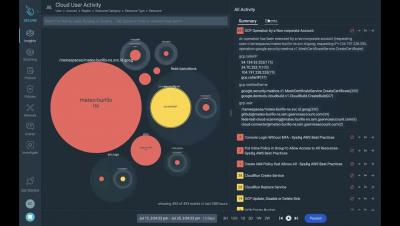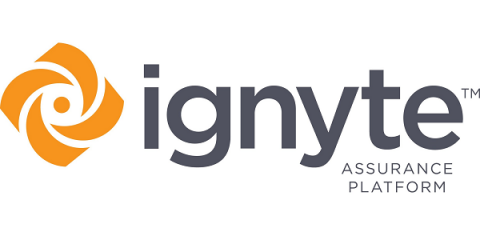Security | Threat Detection | Cyberattacks | DevSecOps | Compliance
Compliance
Breaking it Down: The Difference Between InfoSec Compliance Types
Compliance is an essential part of any business. From a corporate perspective, it can be defined as ensuring your company and employees follow all laws, regulations, standards, policies and ethical practices that apply to your organization. In the context of information security, it means ensuring your organization meets the standards for data privacy and security that apply to your specific industry.
5 Reasons Every AEC Firm Should Care about CMMC
Since the Cybersecurity Maturity Model Certification (CMMC) was released in January 2020, there has been a lot of hand-wringing over what it means and who should actually care. This is especially true for AEC firms, many of which figure this regulation only applies to big system integrators and defense contractors like Northrup Grumman and Boeing. But CMMC isn’t just about large enterprises. Any organization that currently contracts with, or plans to contract with the U.S.
Video Blog: How UKG Pro Helps with Open Enrollment and Year End
Through UKG Pro, NeoSystems provides Payroll Administration and Tax Management, Compliance, Benefits Management, Open Enrollment, Recruiting, and On-Boarding as well as property, skills, and certification tracking – all through a cloud-based manager & employee self-service platform.
Supply Chain Security, Compliance, and Privacy For Cloud-Native Ecosystems
Slack Security: FERPA and HIPAA Compliance
During the pandemic, healthcare and education providers scrambled to adapt to providing services remotely, using tools like Slack, Google Drive, and Zoom to continue connecting with patients and students. McKinsey tracked a spike in the use of telehealth solutions in April 2020 that was 78 times higher than in February 2020. And, by some estimates, more than 1.2 billion children worldwide were impacted by school closures due to the pandemic — some of whom were able to learn remotely.
The Importance of Cybersecurity Standards and Certifications for SMBs
In today’s world with cyber attacks hitting the headlines daily, cybersecurity is at the forefront of many business owners’ minds, but implementing the right solutions and knowing what to do to reduce your risk is a big challenge for decision makers in these organizations. The task is even harder for small- to medium-sized businesses (SMB) that tend to lack extensive budgets and resources needed for implementing the most effective and high-brow cybersecurity solutions on the market.
How to Assure Your Compliance Strategy Evolves Over Time
Compliance is a constant issue that affects businesses in multiple ways every day. Not only must your compliance program address individual acts of misconduct; the program must assure that your organization follows laws, rules, and regulations overtime — every day, day after day, in perpetuity.
CMMC-AB C3PAO: How to choose the right one?
Currently, only four companies are officially approved by the Cybersecurity Maturity Model Certification Accreditation Body (CMMC-AB) as authorized C3PAOs, and just under 200 organizations are currently listed as C3PAO Candidates pending a CMMC Maturity Level 3 Assessment.
How to Map HIPAA to ISO 27001
The Health Insurance Portability and Accountability Act (HIPAA) of 1996 is a U.S. federal law meant to protect sensitive electronic protected health information (ePHI). Every healthcare organization (“covered entity”) must comply with its two fundamental rules. In 2013, the U.S. Department of Health and Human Services (HHS) passed the HIPAA Omnibus Final Rule, which expanded compliance requirements to the business associates that also handle ePHI on behalf of covered entities.









